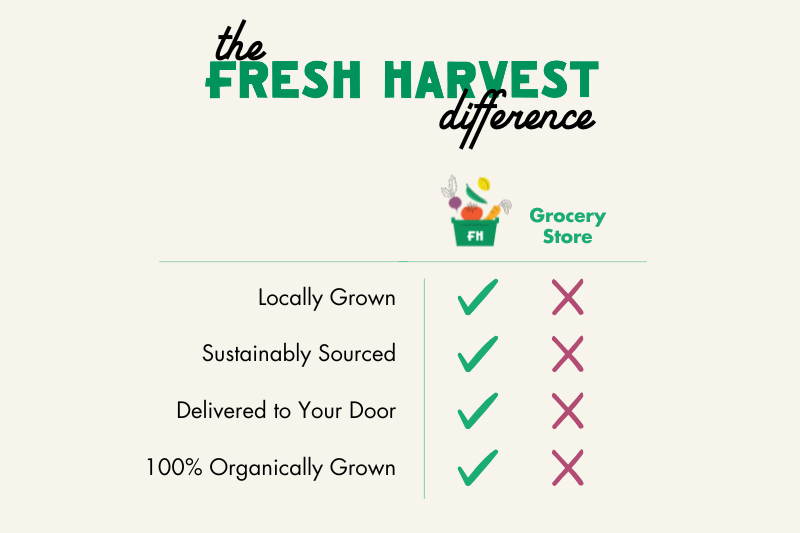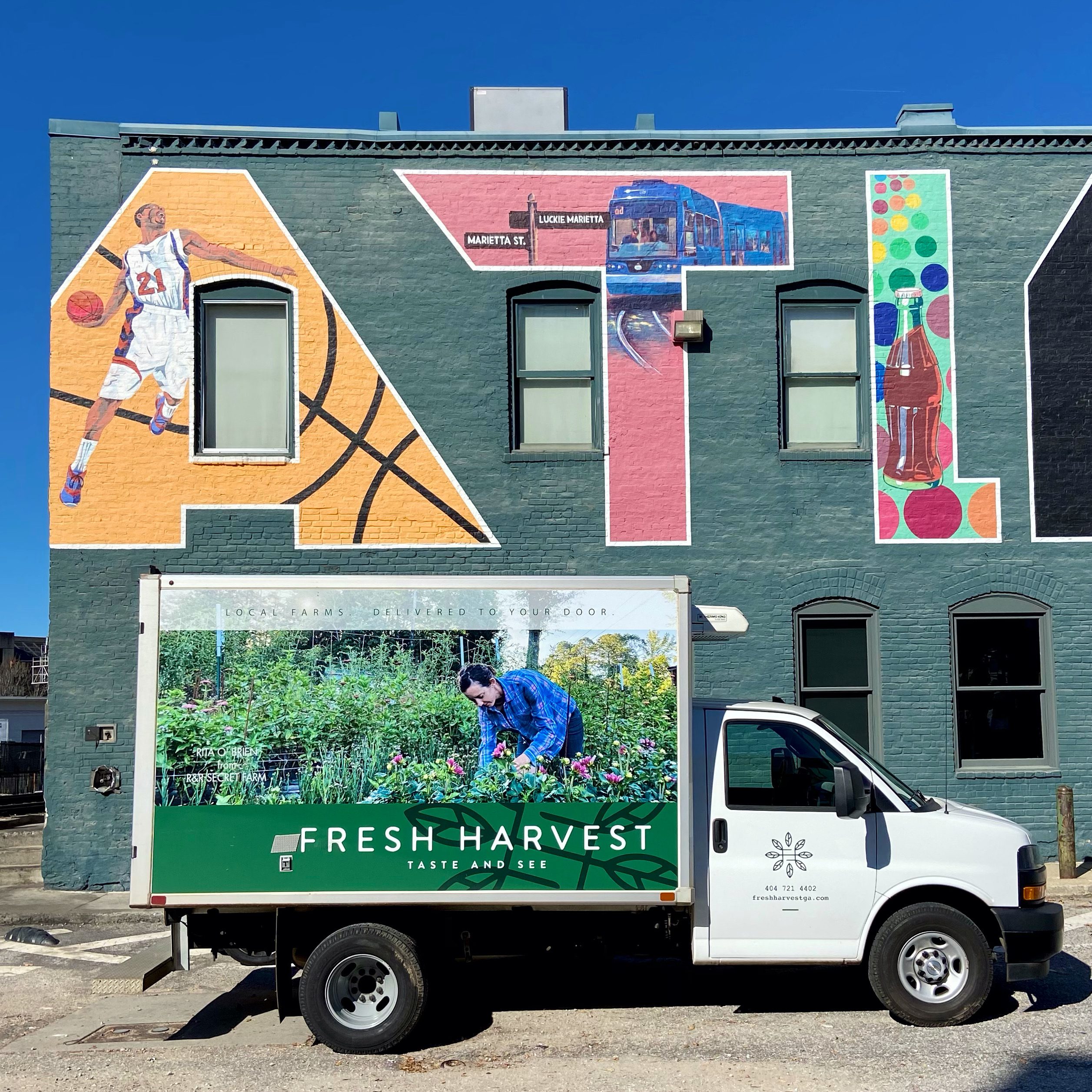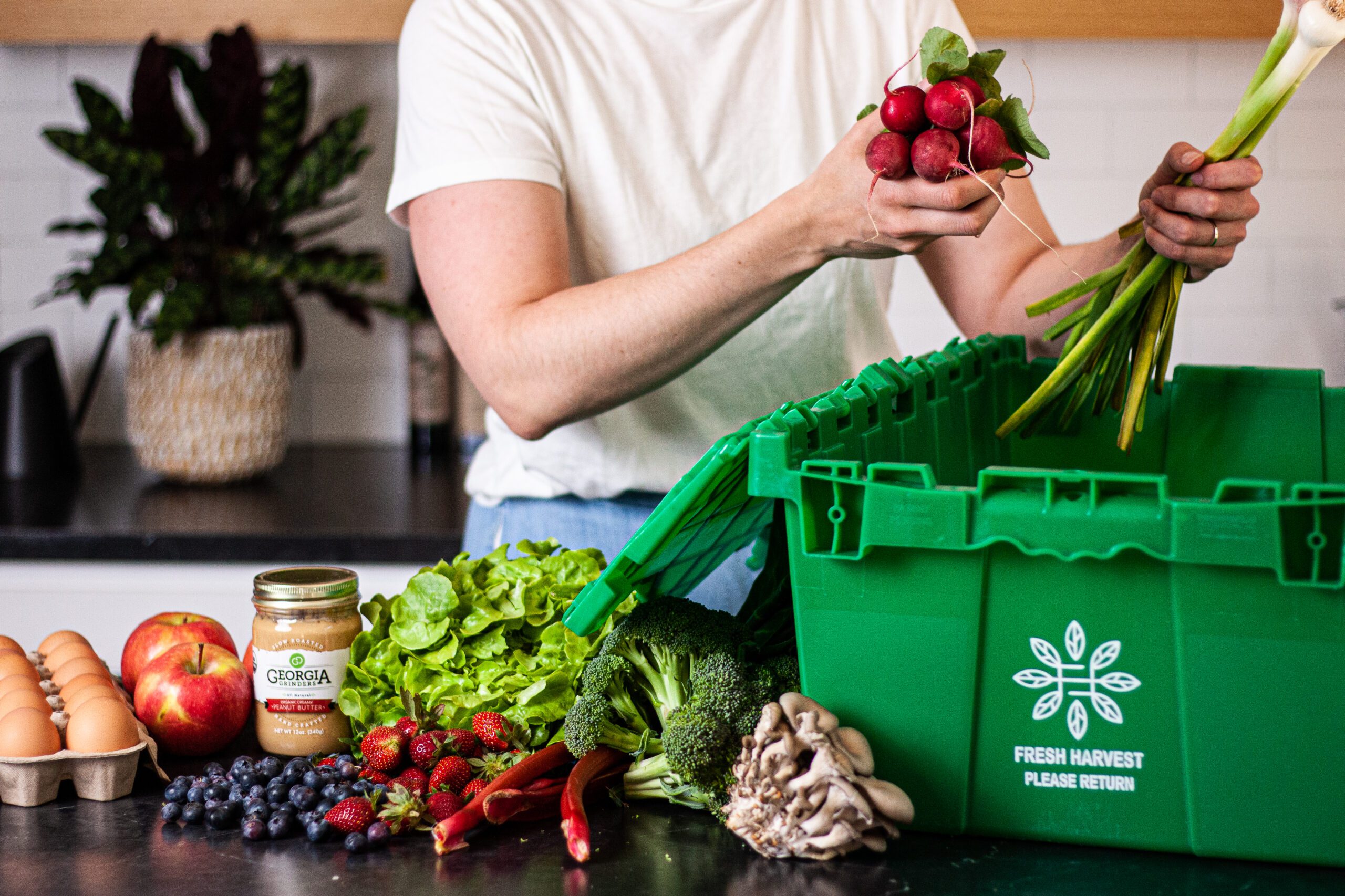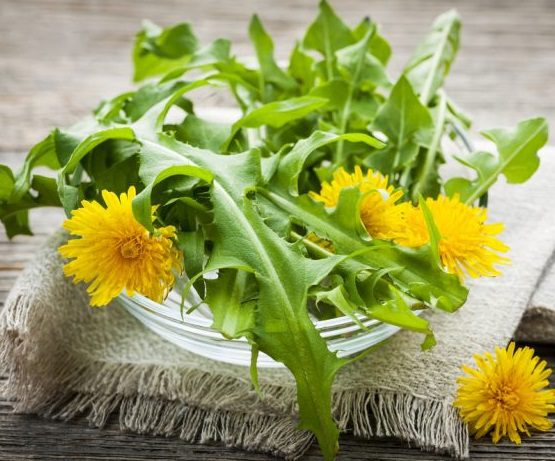In 2024, Fresh Harvest customers collectively injected over $4 million into Georgia’s local food system—getting us about a quarter of the way to our 2032 $100 million goal. This substantial investment isn’t just a number; it’s a testament to a growing movement away from consumer apathy and toward a more connected, sustainable community.

Conscious Spending: Reflecting Our Values
Every dollar we spend is a reflection of our values. While purchases are rarely made with ill intent, they can either support or undermine the principles we hold dear.
In today’s globalized economy, it’s easy to become disconnected from the origins of our food. Products often travel thousands of miles, obscuring the environmental and social impacts of our consumption.
However, by choosing to invest in local food systems, we bridge this gap, making choices that align with our ethical and environmental values.

The Impact of Local Investment
Michael Wall of Georgia Organics aptly stated to Fresh Harvest customers, “You are participating in a revolutionary food system that is separate and distinct from a larger one that has a lot of problems with it. It is the beginning of our next, more long-term, truly sustainable food system that has the potential to right a lot of wrongs in terms of environmental and economic disparity.”
Your commitment to local food isn’t just a personal choice; it’s a catalyst for broader systemic change.

Personal Benefits of Supporting Local Food
Investing in local food systems offers numerous personal benefits:
-
Enhanced Health: Access to fresh, organic produce contributes to better nutrition and overall well-being.
-
Community Connection: Engaging with local farmers and artisans fosters a sense of community and shared purpose.
-
Environmental Stewardship: Reducing the distance food travels minimizes carbon emissions and supports sustainable farming practices.
- Convenient Shopping: Shopping local with Fresh Harvest’s home delivery allows you to forego the grocery store lines, Atlanta traffic, and impulse buys.
By choosing local, you’re not only nourishing your body but also contributing to a healthier planet and a more resilient community.

Looking Ahead
As we move further towards our 2032 goal, the momentum behind local food systems continues to grow. Your conscious choices are at the heart of this movement, demonstrating that every dollar spent locally is a step toward a more sustainable and equitable food future.




